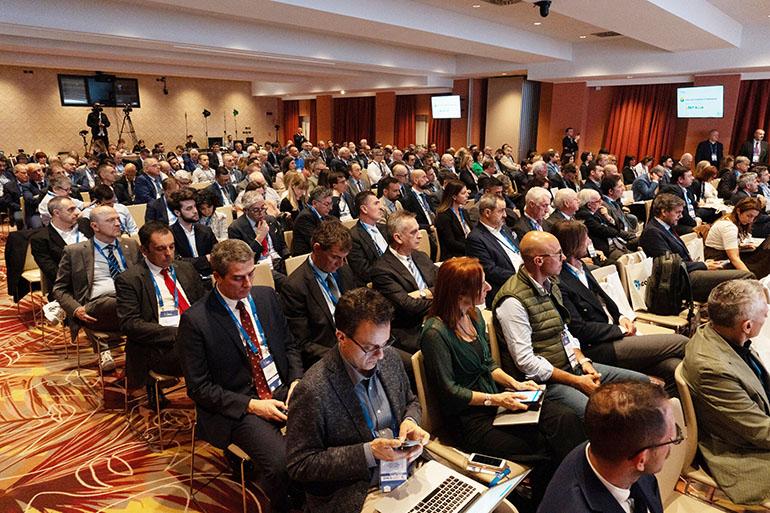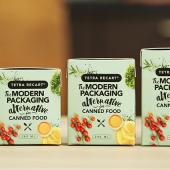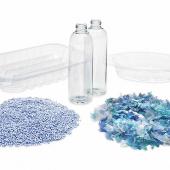Giflex’s spring: the PPWR and LCA guidelines
“Flessibile, un packaging da raccontare” (Flexible, a packaging worth talking about) was the title of Giflex’s Annual Conference, held in Rome with the presence of almost 300 participants. Promoted with the support of Coim, Ipack-Ima 2025 and Rossini, it offered an opportunity for exchange and updating on vital issues for the sector.
The flexible packaging industry, an increasingly appreciated solution due to its greater sustainability in terms of weight and materials used, employs around 10,000 workers in Italy who contribute to the production of around 400,000 tonnes of product, 55% of which is exported, for a turnover of over 3 billion euros.

The PPWR, a key issue
The traditional spring event of Giflex - Gruppo Imballaggio Flessibile (the specialised Group in Assografici (the national trade association representing graphic, paper and cardboard converting companies), in turn part of the Federazione Carta e Grafica (the Paper and Graphics Federation)) certainly did not ignore the great challenges of the packaging industry, from the geopolitical situation to sustainability, from the needs of the consumer to brand reputation, and with a key protagonist: the PPWR, which had arrived at the end of its parliamentary process. The Packaging Regulation in particular was a central element of a day of study held on 18 April with the title “Packaging&Packaging Waste Regulation: final acts and repercussions”, vertically dedicated to the topic, with two prominent figures in the panorama of European stakeholders.
These were FPE - Flexible Packaging Europe - with Public Affair Manager Roberta Colotta, and Europen with Francesca Siciliano Stevens, two institutions very active in dissemination, networking and advocacy linked to the packaging industry.
The debate on the Regulation has led, in fact, to a lively exchange both inside single sectors and between supply chains, demonstrating to what extent packaging is a central issue that touches very different contexts, from the industrial world to the final consumer.
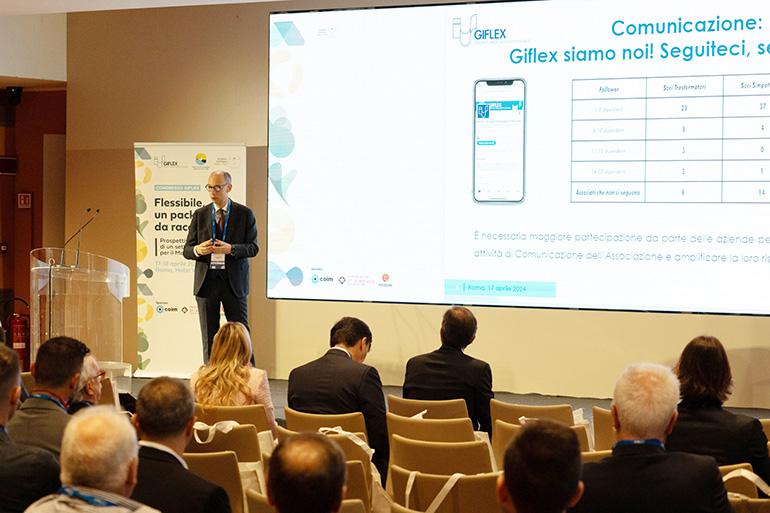
As Giflex’s president, Alberto Palaveri, affirmed, the focus of the PPWR, that is, sustainability, «is a point in favour of flexible packaging which, due to its characteristic lightness appreciated by the market and by consumers » is the ideal solution for reducing emissions along the supply chain.
«This is why - Palaveri also underlined - we are seeing an interesting rigid-to-flex transition. For example, in the segment of personal care and household cleaning products, the use of flexible both as primary packaging and as a product refill solution is increasingly common, with considerable advantages in terms of a lower emission of packaging and materials into the environment as, moreover, is indicated by the PPWR. In short, our pack is light, or rather, extremely light, and accounts for around 2-3% of the total weight of the product. Little material also means low production of CO2. The lower weight of packaging will play an important role in achieving the goals set by the PPWR. In other words, with us reducing the amount released for consumption is possible!».
Methodologies that make the difference: LCA guidelines for flexible packaging
The Roadmap for sustainability 2030, which the flexible packaging industry has set itself in order to respond to green packaging trends, reinforced by the recent vote on the PPWR, is one of the most important developments to emerge. The sector has been ahead of its time on these issues, giving itself rules on packaging design drawn up with reference to end-of-life. The vision therefore includes both shelf performance and the end-of-life process, which sees waste being turned into a resource.
This is why at the Giflex conference much reference was made to design thinking and methodologies recognised on a scientific basis which underpin the LCA guidelines for Flexible Packaging established by Giflex’s Technical Committee. The issue of objective measurement as opposed to an ideological vision was perhaps one of the most critical areas in the debate on the PPWR and it’s no coincidence that Giflex has affirmed this key principle within its standards. Starting from a design based on eco-design and on certain and comparable data is essential, whether dealing with personnel training, the strengthening of internal skills or the development of a product.
These concepts were underlined, with relevant data to hand, by Andrea Cassinari (coordinator of Giflex’s scientific committee) and by Paola Riccardi (SRC Ingegneria) who presented Giflex’s LCA guidelines for Flexible packaging. Cassinari had the task of summarising the purpose of the work performed: «Our aim was to develop comprehensive guidelines for generating an LCA evaluation of FCM (Food Contact Material) within a context of circularity, which is reproducible, comparable and scientifically supported. The challenge? Guidelines that mitigate differences in approach, assumptions, methodologies and a lack of primary data, in order to arrive at Life Cycle Assessment approaches which are the fruit of validated and comparable protocols with shared indicators and system boundaries ».
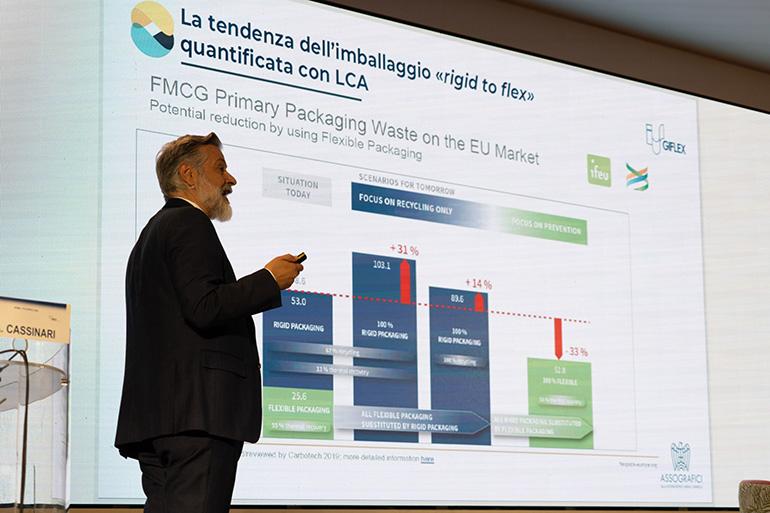
An ad hoc measurement methodology.
Paola Riccardi, in particular, then explained to the audience why the choice of the LCA method as a measurement basis for the eco-design of flexible packaging, which has always been required to respond to market challenges in terms of technological performance, safety, food protection and, obviously, product sustainability.
According to Riccardi, the guidelines are indispensable in order to have repeatable, comparable sector studies supported scientifically with an objective shared by the sector and connected supply chains: the production of increasingly sustainable flexible packaging. The work to establish a specific LCA analysis procedure for the world of flexible packaging has led to the construction of a database that compared different impacts, enabling companies to choose the type of approach to take.
Looking at eco-design, Riccardi underlined the advantage of flexible packaging, whose lightness guarantees better environmental impact performance. Starting from the thickness in microns, in fact, the model makes it possible to identify strategies for optimising the structure towards further lightening.
A databank extended to the entire supply chain.
A databank was created for Giflex’s LCA Guidelines, conceived to drive the OPENLCA platform. As well as generic data, other data coming from the Italian manufacturing sector were inserted, extending to the supply chains involved both with regards to the collection of information and in order to define more extensive and intersectoral future study approaches. According to the researcher, in fact, the LCA calculation should be extended to the supply chain to orientate decisions with scientific data on which to construct reliable comparable studies.
As Andrea Cassinari was keen to stress, it’s necessary to construct the value and culture of the sector; the databank has, therefore, the aim of offering a photograph of the sector, of creating connections and of allowing for the acquisition of tools for approaching the sustainability policies of the various European countries that often have very different regulatory orientations. In this sense, LCA is essential for converging all parties towards a common framework.
